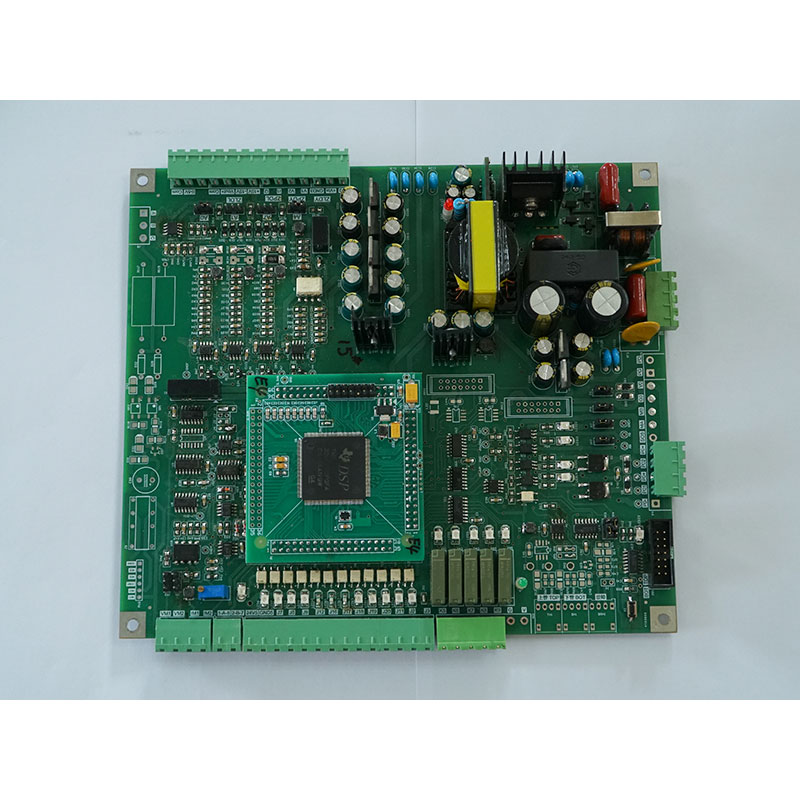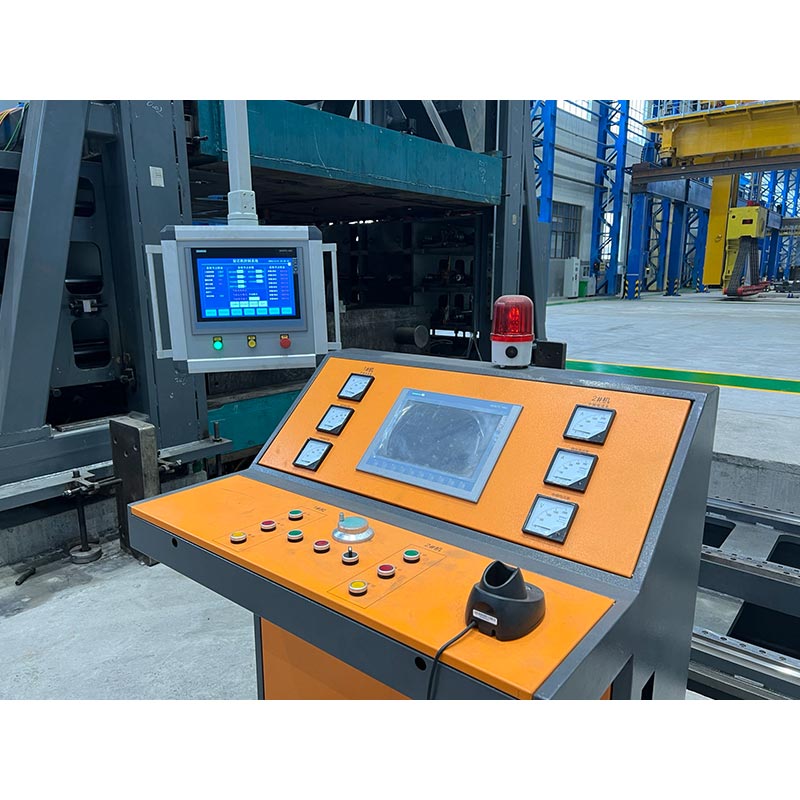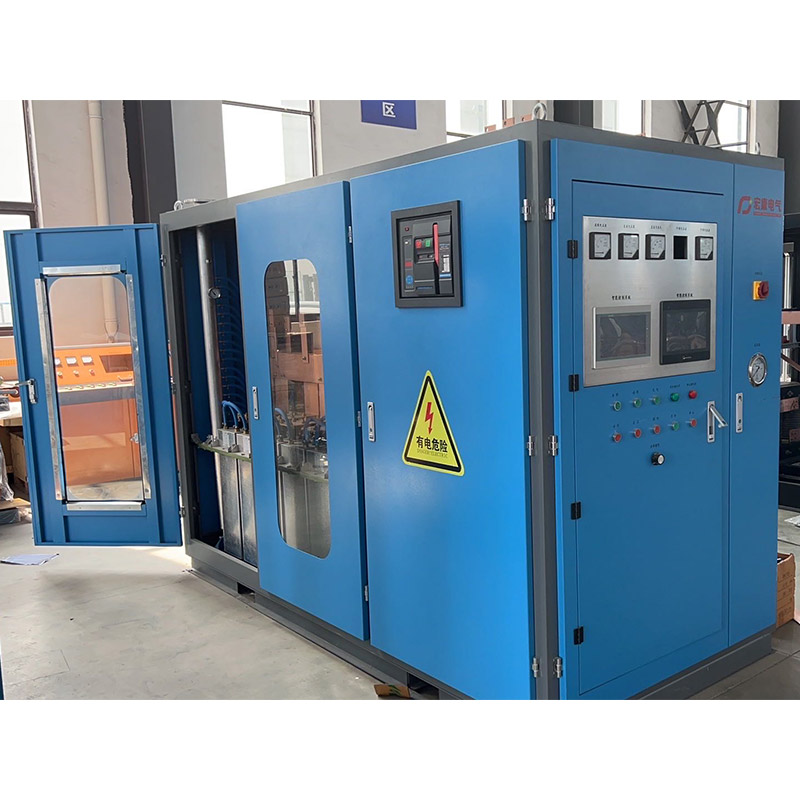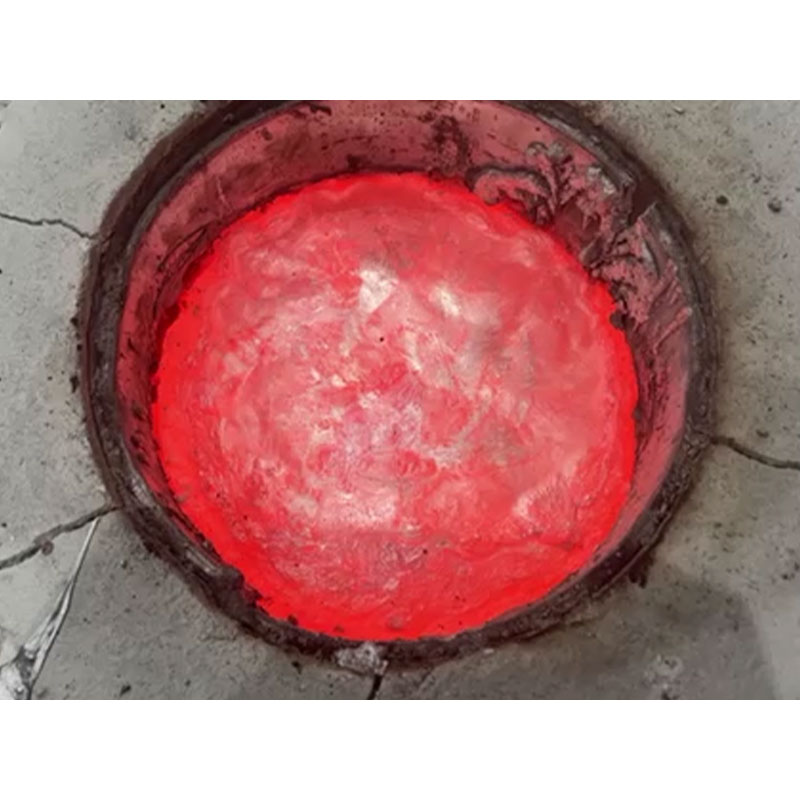Case Brief Introduction
Mid-frequency induction welding usually involves the use of high-frequency induction heating technology to join metal parts. While medium-frequency heating furnaces are more commonly associated with applications like surface hardening or high-temperature forging, high-frequency induction welding can be implemented in various industrial processes. Here are some key points to consider when discussing high-frequency induction welding within the context of a medium-frequency heating furnace:
Principle of High-Frequency Induction Heating: High-frequency induction heating relies on electromagnetic induction to generate heat in conductive materials. In this process, alternating current at a high frequency is applied to a coil, creating a rapidly changing magnetic field. When metal components are placed within this field, eddy currents are induced, generating heat due to electrical resistance.
Applicability in Medium-Frequency Heating Furnace: While medium-frequency heating furnaces typically operate at lower frequencies, the specific use of high-frequency induction welding might involve incorporating additional or specialized equipment designed for higher frequencies within the overall manufacturing system.
Process Steps:
Preparation: Ensure that the metal components are properly cleaned and positioned for welding.
High-Frequency Heating: Use a high-frequency induction heating system to heat the edges of the metal components to the required temperature for welding. The rapid and localized heating facilitates efficient joining.
Joining Process: Bring the heated edges of the metal components together to create a weld. This can be done through various welding processes, such as induction brazing or induction soldering.
Cooling: Allow the welded joint to cool gradually to relieve stresses and ensure the integrity of the weld.
Advantages of High-Frequency Induction Welding:
Rapid Heating: High-frequency induction heating allows for quick and precise heating of specific areas.
Localized Heating: The process is highly focused, minimizing heat-affected zones and enabling precise control over the welding area.
Energy Efficiency: High-frequency induction heating is generally more energy-efficient compared to some traditional heating methods.
Applications:
Tube and Pipe Welding: High-frequency induction welding is commonly used in the production of welded tubes and pipes, especially in industries like manufacturing of steel pipes.
Brazing and Soldering: The process is suitable for joining materials through brazing or soldering, where a filler material is melted to form a bond.
Quality Control:
Implement quality control measures to ensure the integrity of the weld. This may involve non-destructive testing methods to assess the quality of the joint.




